[ENG][ESP] - Surgeon's Case: Steel Bones. - Caso de Cirujano: Huesos de Acero.
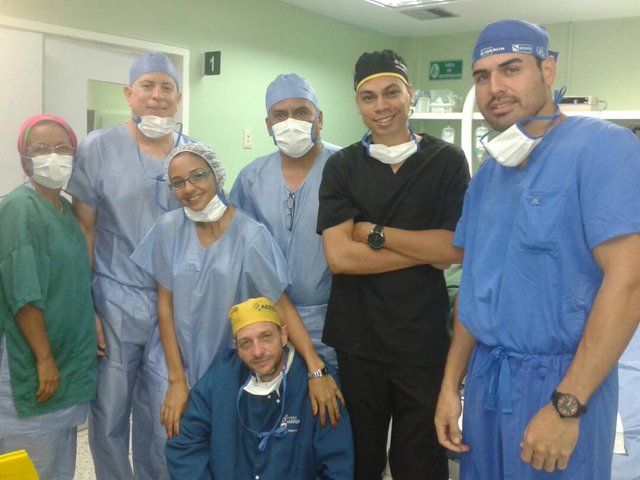

english
Operate with wires
There are many tools to perform surgery in orthopedics, from sutures only to large arthroplasties with complete prostheses of any joint, all are indispensable as are each of the tools and materials of a craftsman or electrician.
Each has a function and some are so indispensable that they are used in many procedures. In our case, for example, it is always essential to have surgical wires for almost any fracture, often used for permanent treatment of small bones such as fingers or toes, including the clavicle. Other times they are used to complement the treatment of large bone fractures of all kinds. We can even use these as guides to position other materials such as nails or metal plates.
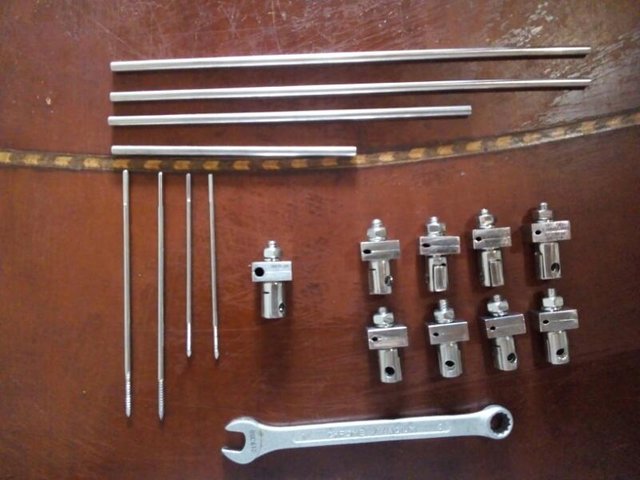
español
Operar con alambres
Existen muchas herramientas para realizar una cirugía en ortopedia, desde solo suturas hasta las grandes artroplastias con prótesis completas de alguna articulación, todas son indispensables como también lo son cada una de las herramientas y materiales de un artesano o un electricista.
Cada una tiene una función y algunas son tan indispensables que se usan en muchos procedimientos. En nuestro caso, siempre es indispensable contar por ejemplo con los alambres quirúrgicos para casi cualquier fractura, muchas veces sirven para tratamientos definitivos en huesos pequeños como los dedos de las manos o los dedos de los pies, incluso en la clavícula. Otras veces sirven para complementar el tratamiento de fracturas de huesos grandes, de todo tipo. Incluso podemos usar estos como guías para posicionar bien otros materiales como clavos o placas de metal.

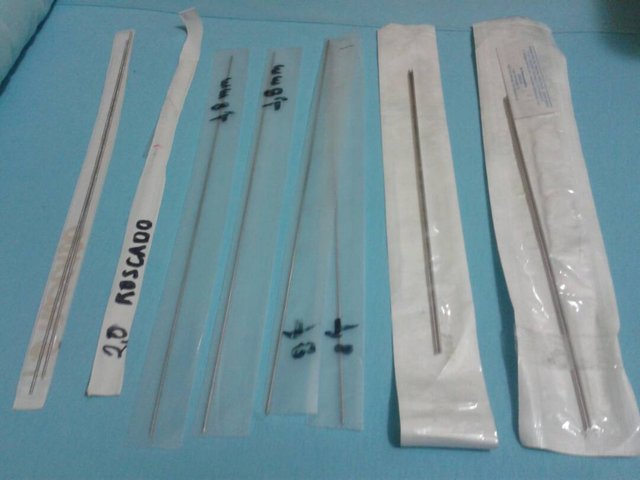
Surgical Steel
Surgical steel is a type of steel used for the various instruments used in surgical operations (such as scalpel, forceps, scissors etc.), called surgical instruments. This steel is chosen for this purpose because it does not cause allergic reactions in most people.
Surgical steel is a variation of steel that is commonly composed of an alloy of chromium (12-20%), molybdenum (0.2-3%) and sometimes nickel (8-12%). Chromium gives this metal its resistance to wear and corrosion. Nickel gives it a smooth, polished finish. Molybdenum makes it harder and helps maintain sharpness of the edge.
The word surgical refers to the fact that this type of steel is a good element for the manufacture of surgical instruments, as it is easy to clean, sterilize, strong and resistant to corrosion. Nickel, chromium and molybdenum alloy is also used for orthopaedic implants as an aid to bone regeneration, as a structural part of artificial heart valves and other types of metal implants. A potential complication is the systemic reaction to nickel.
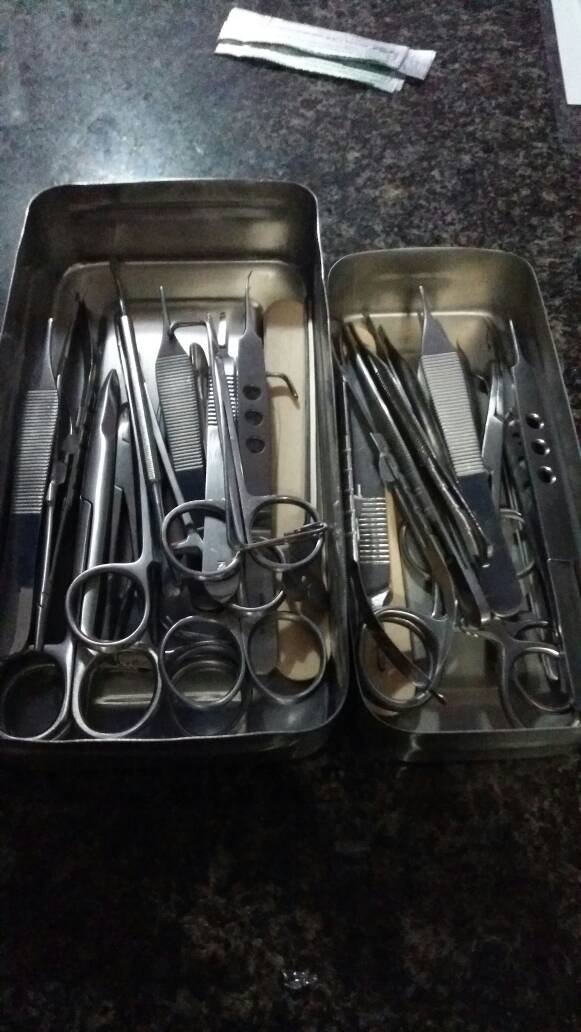
Today, instead of surgical steel, "titanium" is used in procedures that require a permanent metal implant. Titanium is a reactive metal, the surface of which oxidizes rapidly upon aerial exposure, creating a stable microstructured oxide surface. This is a good surface for the bone to grow and adhere to the orthopaedic implants, but it is incorrosible after being implanted. So steel can be used for temporary implants and titanium, which is more expensive, for permanent implants. Source.
Surgical Wires
The surgical wires were later created from stainless steel by the German surgeon Martin Kirshner, who first developed a fairly efficient fixation system for fracture healing.
The proposal for the use of the wires was to introduce one proximal and another distal to the fracture, crossing both sides of the bone and the skin of the extremity, holding the ends of the nails with an arch which was used to apply traction and countertraction through pulleys, keeping the fracture aligned, this had a great advantage over the skin complications caused by skin traction and the pulleys and splints that were used at the time, two years later Fritz Steinmann in Bern described the use of slightly stiffer nails in the treatment of proximal and calcaneal tibial fractures. Nowadays the use of these has changed, being one of the most used implants in orthopedic surgery. Source.
Acero Quirúrgico
El acero quirúrgico es un tipo de acero utilizado para los diversos instrumentos que se emplean en las operaciones quirúrgicas (tales como bisturí, pinzas, tijeras etc.), denominados instrumental quirúrgico. Este acero es escogido para este fin por su característica de no provocar reacciones alérgicas en la mayoría de las personas.
El acero quirúrgico es una variación del acero que comúnmente se compone de una aleación de cromo (12–20%), molibdeno (0,2–3%) y, en ocasiones, níquel (8–12%). El cromo le da a este metal su resistencia al desgaste y corrosión. El níquel le da un acabado suave y pulido. El molibdeno le da mayor dureza y ayuda a mantener la agudeza del filo.
La palabra quirúrgico se refiere a que este tipo de acero es un buen elemento para la fabricación de instrumental quirúrgico, ya que es fácil de limpiar, esterilizar, fuerte y resistente a la corrosión. La aleación de níquel, cromo y molibdeno también se utiliza para implantes de ortopedia como una ayuda para la regeneración de los huesos, como parte estructural de las válvulas artificiales de corazón y otros tipos de implantes metálicos. Una complicación potencial es la reacción sistémica al níquel.
Hoy en día, en vez del acero quirúrgico, se usa el "titanio" en procedimientos que requieren de un implante metálico permanente. El titanio es un metal reactivo, cuya superficie se oxida rápidamente a la exposición aérea, creando una superficie de óxido estable microestructurada. Ello es una buena superficie para que el hueso crezca y se adhiera a los implantes ortopédicos, pero es incorrosible después de ser implantado. Por lo que el acero puede ser empleado en implantes temporales y el titanio, que es más caro, para los permanentes. Fuente.
Alambres Quirúrgicos

Los alambres quirúrgicos se crearon posteriormente a base de acero inoxidable por el cirujano alemán Martin Kirshner, primero en realizar un sistema de fijación bastante eficiente para la curación de fracturas.
La propuesta de la utilización de los alambres era introducir uno proximal y otro distal a la fractura, atravesando ambos lados del hueso y de la piel de la extremidad, sujetando los extremos de los clavos con un arco el cual a través de poleas se le aplicaba tracción y contratracción, manteniendo la fractura alineada, esto tenía una gran ventaja sobre las complicaciones de la piel producidas por la tracción cutánea y las poleas y férulas que en ese tiempo se empleaban, dos años más tarde Fritz Steinmann en Berna describió el uso de clavos un poco más rígidos en el tratamiento de fracturas de tibia proximal y calcáneo. Actualmente el empleo de éstos ha cambiado, siendo uno de los implantes más empleados en cirugía ortopédica. Fuente.


A case
In our hospital the use of surgical wires has helped many patients with fractures, including children with satisfactory results. One of these cases was a 4 year old boy who, after having fallen from a height of approximately three meters and landing with his left shoulder, presents an increase in volume and functional limitation, which is why, after having an X-ray, we noticed the presence of an important fracture.
After this it was not easy to explain to the parents, because they were very anxious waiting for an answer, and although most of the children's fractures improve only with immobilizations, the case of this little boy was not like this, because it was necessary to have surgery to stabilize this type of fracture.
A reduction with three surgical wires is performed, in this case it could be done through the two fractured parts. After only a few weeks he could see a satisfactory recovery and progress, and after only 2 months he was back in school playing like any normal child.
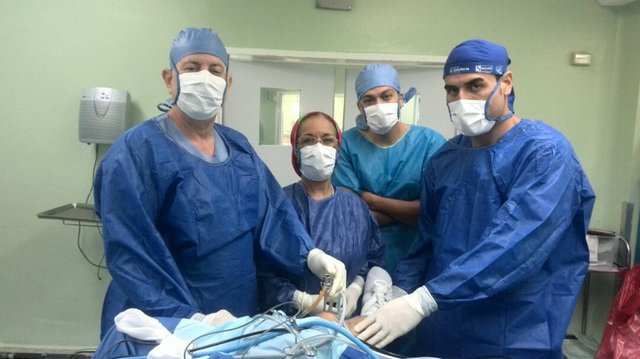
Sometimes it is incredible how the evolution of the techniques facilitates not only the surgeon, but also the recovery and life of the patients.
Un caso
En nuestro hospital el uso de alambres quirúrgicos ha ayudado a muchos pacientes con fracturas, incluso niños con resultados satisfactorios. Uno de estos casos fue un niño de 4 años que luego de haberse caído de una altura de tres metros aproximadamente y aterrizar con su hombro izquierdo presenta aumento de volumen y limitación funcional, motivo por el cual luego de realizarse una radiografía nos dimos cuenta de la presencia de una fractura importante.
Luego de esto no fue fácil explicarles a los padres, pues estaban muy ansiosos esperando una respuesta, y aunque la mayoría de las fracturas de los niños mejoran solo con inmovilizaciones el caso de este pequeño niño no era así, pues era necesario de una cirugía para estabilizar este tipo de fracturas.
Se realiza una reducción con tres alambres de quirúrgicos, en este caso se pudo realizar atravesando las dos partes fracturadas. Con solo unas semanas se pudo ver una satisfactoria recuperación y avance, y luego de solo 2 meses ya estaba de nuevo en el colegio jugando como cualquier niño normal.
A veces resulta increíble como la evolución de las técnicas facilita no solo al cirujano, sino la recuperación y vida de los pacientes.

We are doing everything possible to help many people in need of surgery, through our company Sermedic we eliminate the high costs by accepting cryptocurrencies for patients who need our help at the best price in the world and without intermediaries. You can read more about our project in:
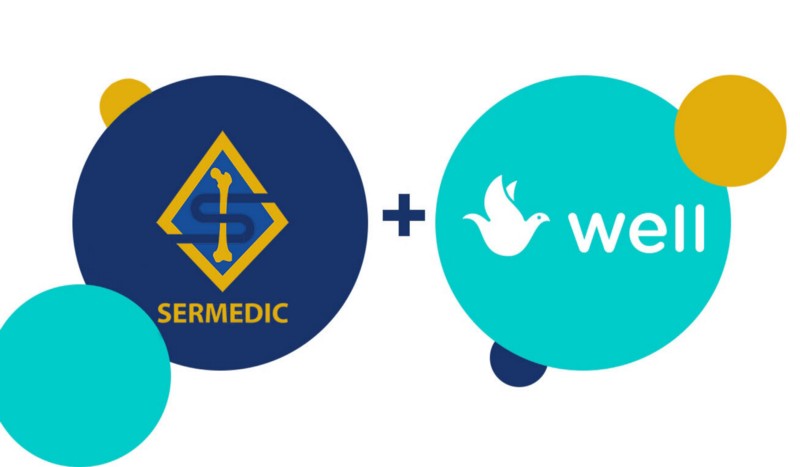
Read more in: Source
If you liked this post and you are interested in clinical cases do not hesitate to follow me. I will be publishing many more cases soon.
Text📑 and Photos 📷 by: @drmaizo
Estamos haciendo lo posible por ayudar a mucha gente necesitada por cirugías, a través de nuestra empresa Sermedic eliminamos los altos costos aceptando criptomonedas para pacientes que necesiten nuestra ayuda al mejor precio del mundo y sin intermediarios. Puedes leer más acerca de nuestro proyecto en:

Lee más en: Fuente.
Si te gustó este post y te interesan los casos clínicos no dudes de seguirme. Estaré publicando pronto muchos más casos.
Relato📑 y Fotos 📷 por: @drmaizo
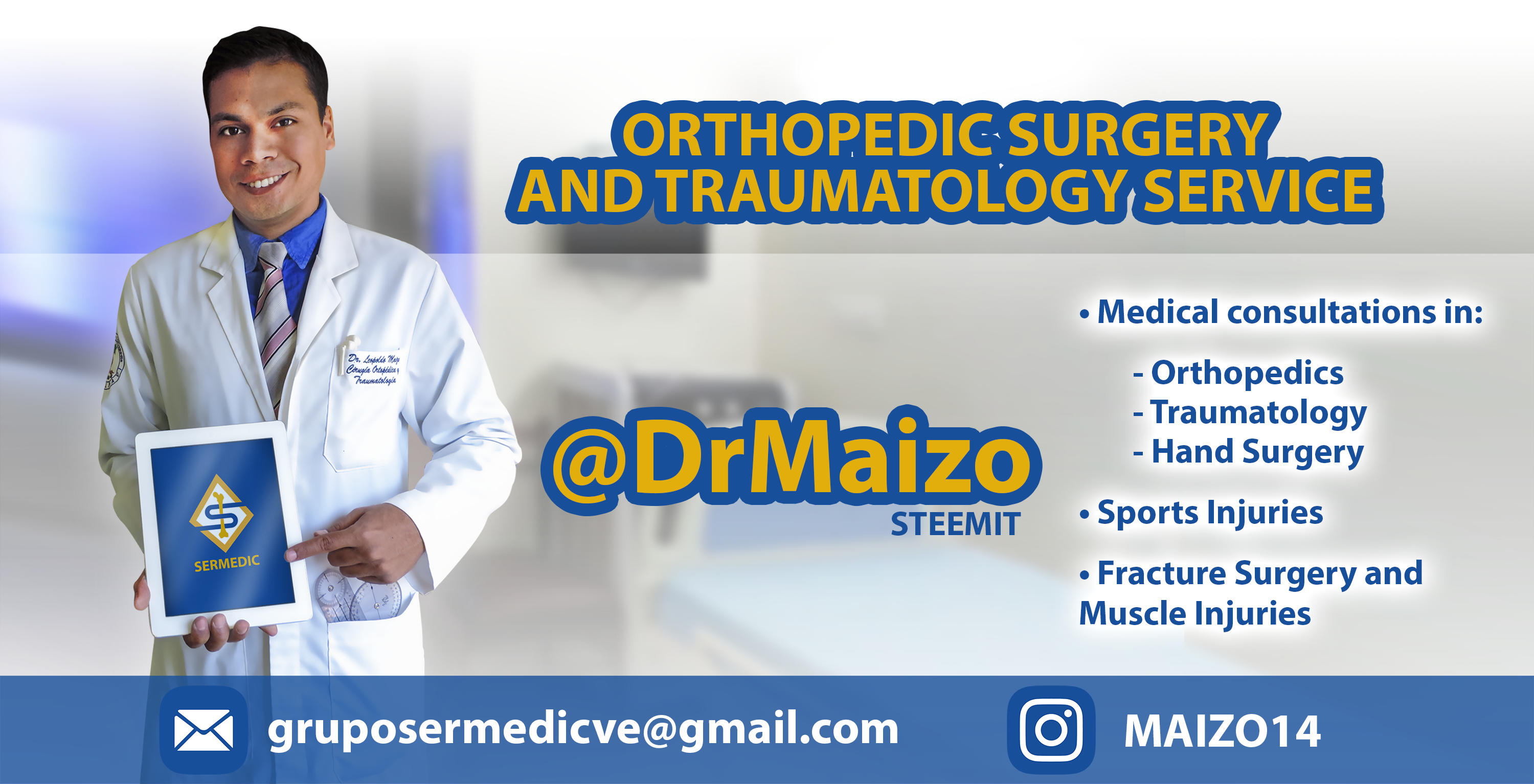




 }
}
.png)
Congratulations! This post has been upvoted from the communal account, @minnowsupport, by drmaizo from the Minnow Support Project. It's a witness project run by aggroed, ausbitbank, teamsteem, theprophet0, someguy123, neoxian, followbtcnews, and netuoso. The goal is to help Steemit grow by supporting Minnows. Please find us at the Peace, Abundance, and Liberty Network (PALnet) Discord Channel. It's a completely public and open space to all members of the Steemit community who voluntarily choose to be there.
If you would like to delegate to the Minnow Support Project you can do so by clicking on the following links: 50SP, 100SP, 250SP, 500SP, 1000SP, 5000SP.
Be sure to leave at least 50SP undelegated on your account.
Great article and very informative regarding the use of varying metals in Orthopedic practices...
Good to hear that you now deal with Cryptocurrencies for patients too.
Thank you, I'm very happy that you liked this information, this is only part of the materials we work with.
This post is not suitable for #informationwar... please do not put posts of this nature in our post promotion- unless you like getting flagged.
thanks ;D
Excelente doctor Dios les siga dando más sabuduría cada día, saludos.
Gracias @donrito7597, seguro que sí. Saludos desde Maracay. Un abrazote.